By Gillian B
Sciatica refers to pain radiating along the sciatic nerve, which originates in the lower spine as a combination of several nerves from the low back region. The nerve branches from the spine to the left and right buttocks and then travels down the back of the legs, at about the middle of the thighs, to the feet.
By definition, sciatica is tenderness and pain radiating along the sciatic nerve, typically showing up on one side of the body. There are two sciatic nerves—one for each leg. These are the longest nerves in the human body. Each originates from several nerve roots that exit from the spinal cord, then thread through your sacrum and merge to form the main body of the sciatic nerve. The sciatic nerve passes between layers of the deep buttock muscles (gluteus medius and gluteus maximus), through the deep muscles of the back of the thigh, and down to the outer edge of your leg to your foot.
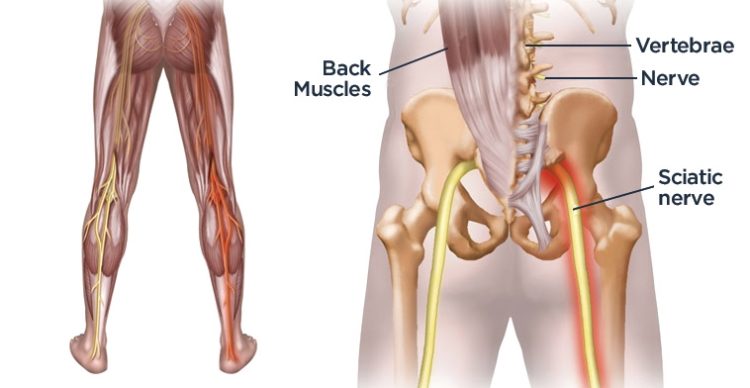
Symptoms can include:
- Pain anywhere along the sciatic nerve pathway: in the lower back, buttock, back of the thigh, and/or calf.
- Fatigue, numbness, or loss of feeling in your legs and/or feet.
- An electric, tingling, burning, pinching, or pins-and-needles feeling known as paresthesia.
- Weakness that can cause your knees to buckle when you stand up from sitting.
- Foot drop: a condition in which you are not able to flex your ankles enough to walk on your heels.
- Reduced reflexes in your Achilles tendon and knee.
Most Common Causes of Sciatica:
- Lumbar herniated disc: Sometimes referred to as a ruptured disc, slipped disc, protruding disc, bulging disc, or a pinched nerve.
- Degenerative disc disease: This condition occurs when a weakened disc result in excessive micro-motion at that spinal level and inflammatory proteins from inside the disc become exposed and irritate the area.
- Isthmic spondylolisthesis: when one vertebral body slips forward on the one below it because of a small fracture in a piece of bone that connects the two joints on the back side of the spinal segment.
- Lumbar spinal stenosis: Characterized by narrowing of the spinal canal.
- Piriformis syndrome: When the piriformis muscle is tight and pinches a nerve root of the sciatic nerve.
- Sacroiliac joint dysfunction: Caused by irritation of the sacroiliac joint.
- Pregnancy: Weight gain, a shift in the person’s center of gravity, and hormonal changes as a result of pregnancy, can cause sciatica.
- Scar tissue: This occurs when a scar tissue compresses the nerve root.
- Muscle strain: When an inflammation from a muscle strain puts pressure on a nerve root.
- Spinal tumour: Tumours in the lower back can pinch the nerve root.
Enter Our 10-Day Giveaway for Your Chance to WIN a Prize that Will Help You Live a Healthy, Balanced Life!
My new e-course, Healthy Living 101, is FINALLY ready! Let’s PARTY! Join my 10-day giveawayHERE or sign up to learn more about the course.
Look for the Root Cause Of Your Pain:
No one’s body or symptoms are exactly the same. You will want to work with a trained practitioner such as a Physiotherapist or an Osteopath to discover the root of your sciatic pain and which movements are the right fit for your body.

To get an idea yourself, you can also try the F.A.I.R. test (in which the thigh is Flexed, Adducted, and Internally Rotated):
Lie on your side with the affected leg on top. Is it painful in your hip to have the top leg bent with the knee resting on the floor in front of you? Does it hurt especially when you try to lift your knee away from the floor against a small amount of resistance, such as a bag of rice? Sharp pain in the hip is a sign that a tight piriformis may be causing sciatica.
The Yoga Solution:
Hamstring stretches and hip openers play a significant role in relieving sciatica pain. Here are some yoga poses for you to incorporate into your daily routine to help sooth your sciatica.
1) Smiling Cow Face Variation
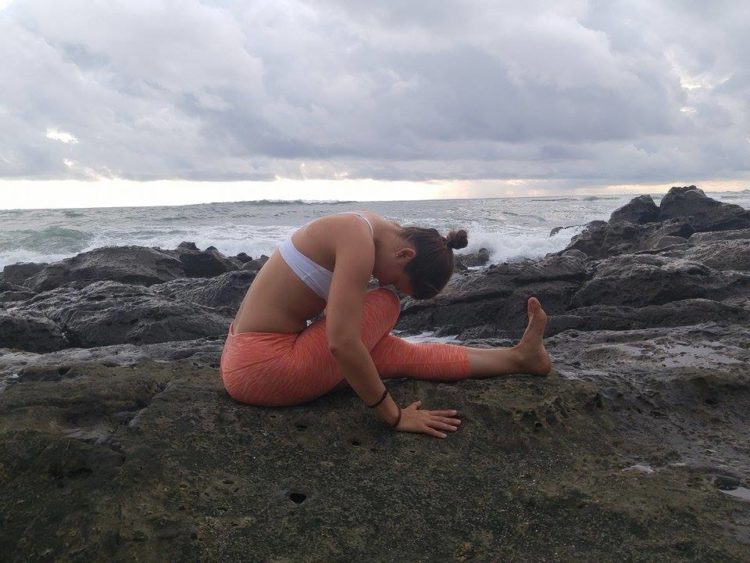
2) Half Lord of the Fishes Pose
3) Sleeping Pigeon Pose
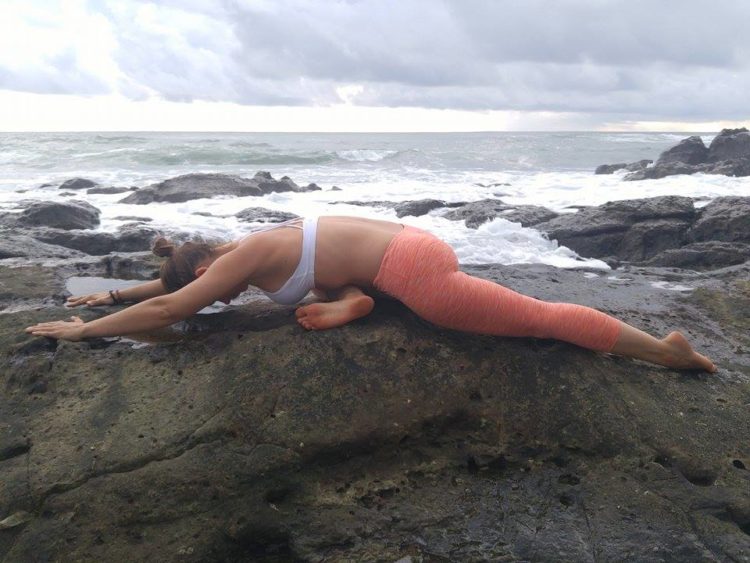
4) Reclined Twist

5) Supported Bridge Pose

6) Open Lizard Pose
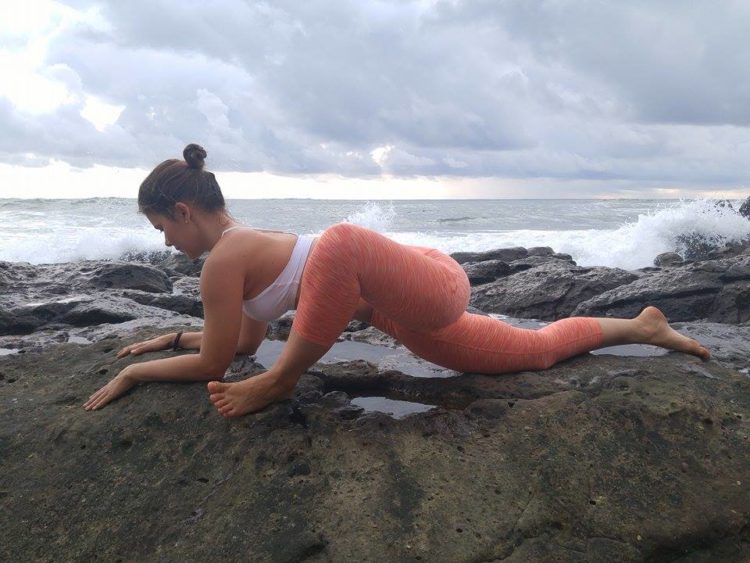
7) Bound Angle Pose
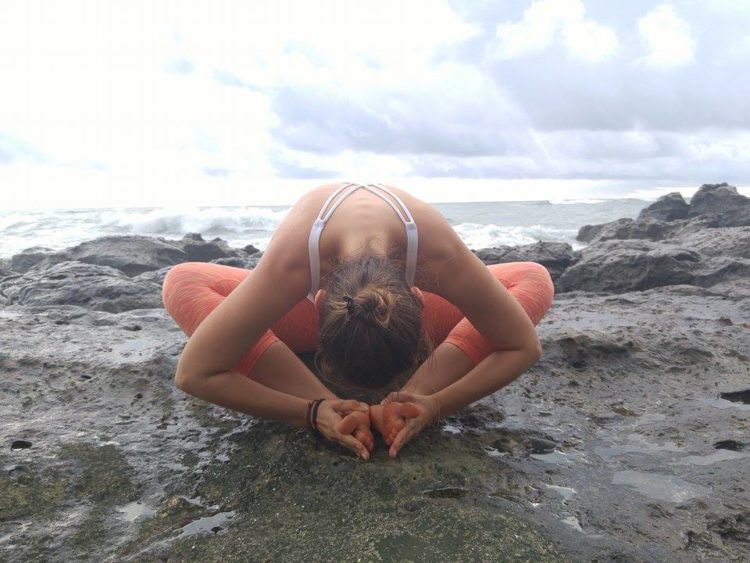 Sources:
Sources:

0 comments:
Post a Comment